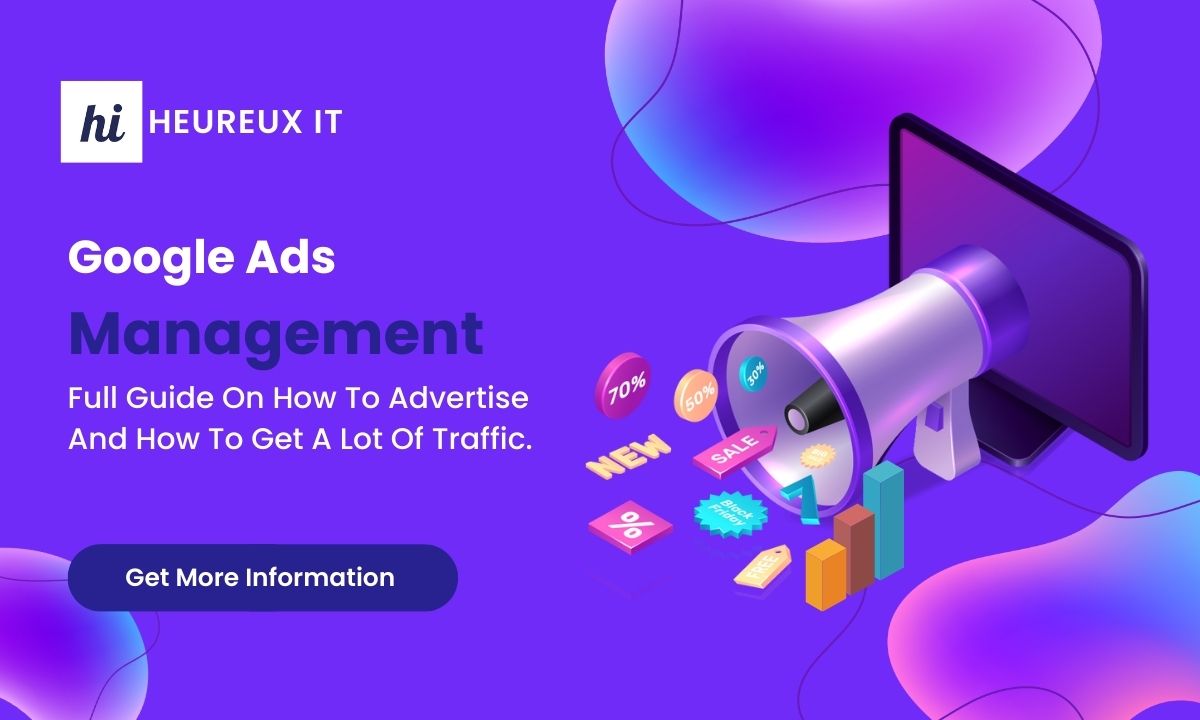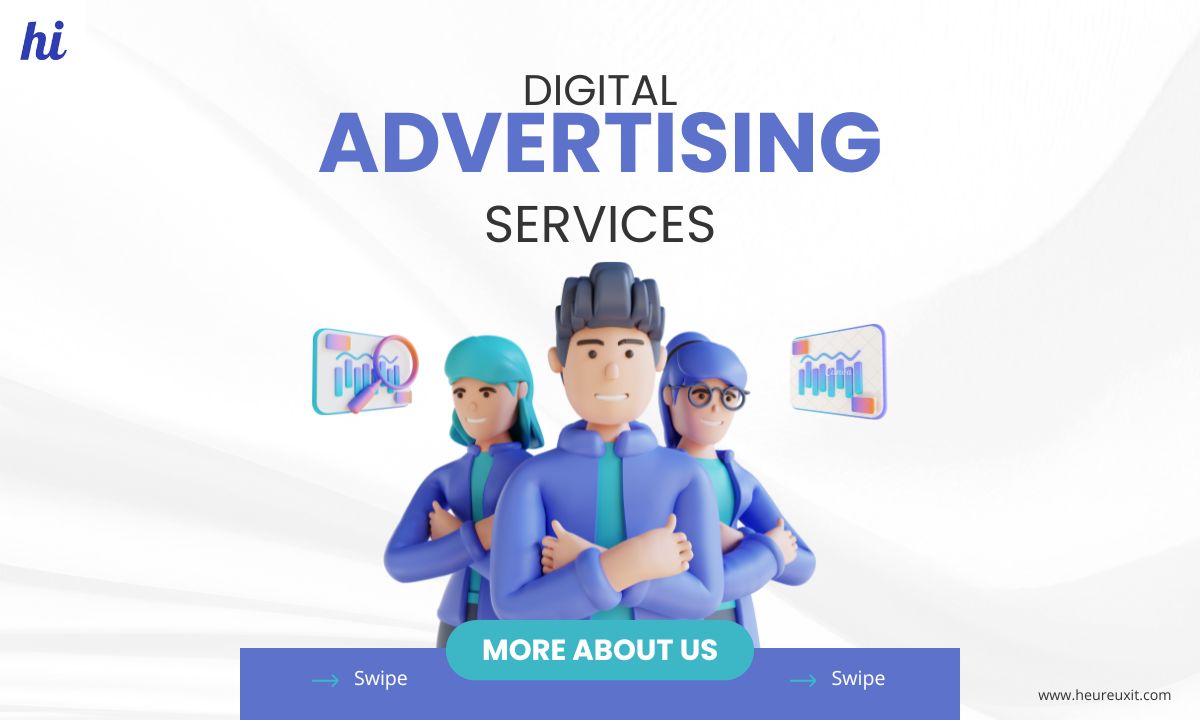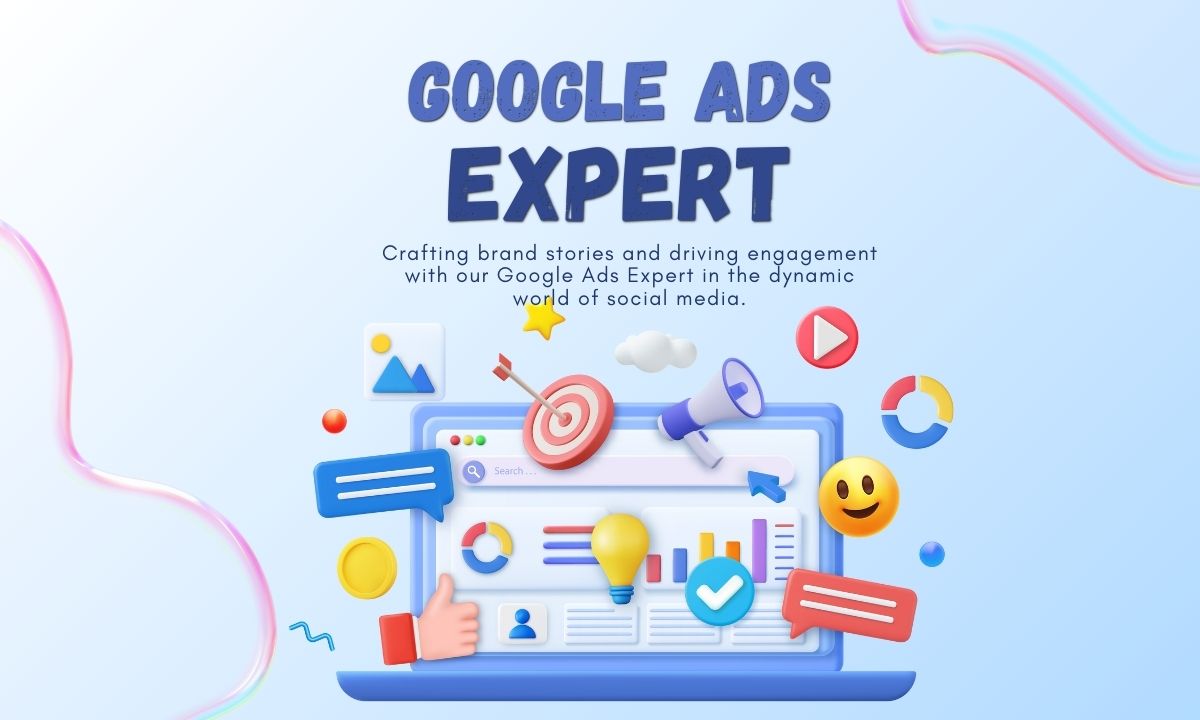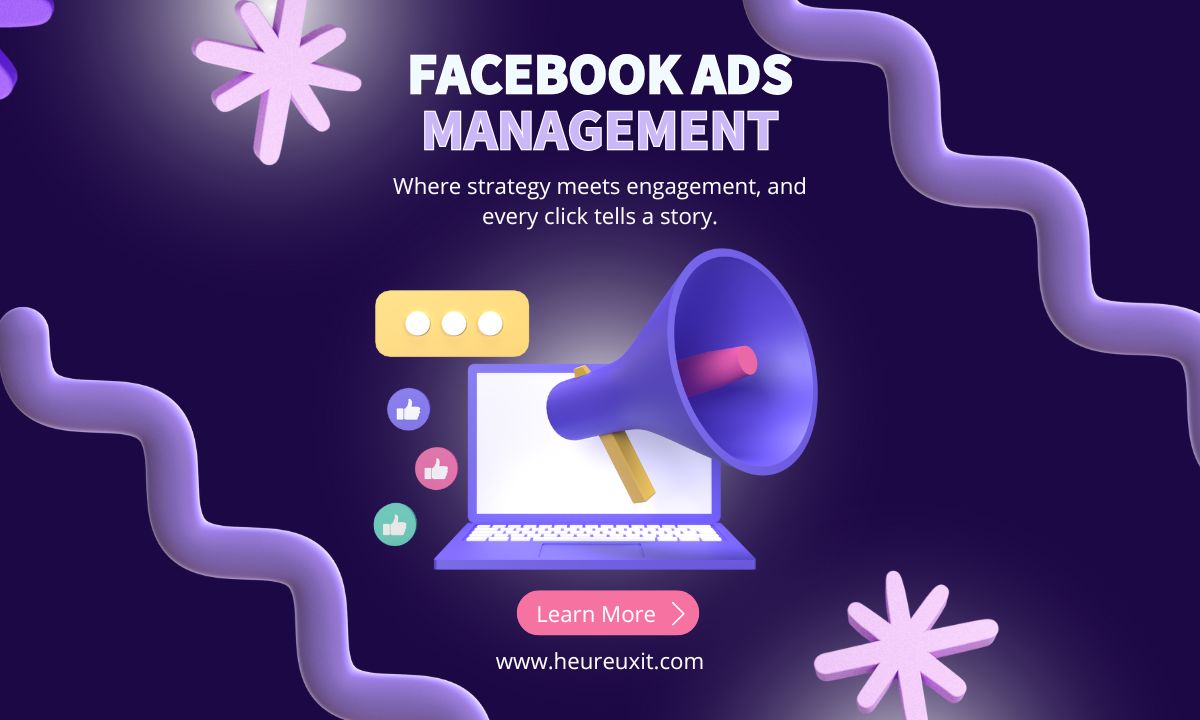Lead Generation Your Ultimate Guide to Attracting Business Leads Inbound
Have you ever noticed that telemarketers have a way of calling at the worst possible time? Right when you’re about to sit down and enjoy dinner, perhaps? I used to get these pesky dinnertime calls all the time. Not only were they frustrating, but they never seemed successful for the companies trying to drum up leads (at least at my house).
Well, I’m here to tell you that the days of these dinnertime cold calls are long over. In this post, we’ll explore best practices for inbound lead generation that are effective, strategic, and don’t ruin anyone’s dinner.
What is a Lead?
A lead is any person who indicates interest in a company’s product or service. Typically, leads hear from a business after opening communication, such as submitting personal information for an offer, trial, or subscription, instead of getting a random cold call.
For example, if you take an online survey to learn more about how to take care of your car, and a day or so later, you receive an email from the auto company that created the survey, this is far less intrusive than an unsolicited call.
From a business perspective, the information collected helps personalize communication to address potential customers’ existing problems. Leads are part of the lifecycle that transitions visitors to customers. There are different types of leads based on how they are qualified and what lifecycle stage they’re in.
Types of Leads
- Marketing Qualified Lead (MQL): Contacts who have engaged with your marketing efforts but aren’t ready for a sales call. An example is someone who fills out a landing page form for an offer.
- Sales Qualified Lead (SQL): Contacts who’ve taken actions that indicate their interest in becoming paying customers, such as filling out a form to ask about a product.
- Product Qualified Lead (PQL): Contacts who’ve used your product and shown interest in becoming a paying customer, often seen in companies offering a product trial or a free version with upgrade options.
- Service Qualified Lead: Contacts or customers who’ve indicated to your service team their interest in becoming paying customers, like expressing interest in upgrading their product subscription.
What is Lead Generation?
Lead generation is the process of attracting prospects to your business and increasing their interest through nurturing, aiming to convert them into customers. Methods include job applications, blog, coupons, live events, and online content.
Whenever someone asks what I do, I say, “I work on finding unique ways to attract people to my business. I want to provide them with enough goodies to get them interested in my company so they eventually warm up to the brand and want to hear from us!” That usually resonates better, and that’s exactly what lead generation is: warming up potential customers to your business, guiding them on the path to making a purchase.
Why Do You Need Lead Generation?
When someone shows an organic interest in your business, the transition from stranger to customer is much more natural. You enhance this transition through inbound marketing, which attracts loyal customers by aligning with your target audience’s needs. Lead generation falls within the second stage of the inbound marketing methodology, occurring after you’ve attracted an audience and are ready to convert visitors into leads for your sales team.
The Lead Generation Process
Understanding how lead generation fits into the inbound marketing methodology, here are the steps:
- Visitor Discovery: A visitor discovers your business through a marketing channel (website, blog, social media).
- Call-to-Action (CTA): The visitor clicks a CTA that encourages action.
- Landing Page: The CTA takes them to a landing page designed to capture lead information in exchange for an offer.
- Form Submission: The visitor fills out a form on the landing page, providing personal information in exchange for the offer.
How to Generate Leads
Here are some strategies to start generating leads:
- Create Compelling Content: Use content and SEO to attract leads interested in what you offer, rather than using disruptive ads.
- Send Regular Emails: Reach out to people who already know your brand, making it easier to ask them to take action.
- Utilize Social Media: Platforms like Facebook, Instagram, and LinkedIn are powerful tools for reaching potential leads. Use CTAs in posts to guide followers to your landing page.
- Write Informative Blog Posts: Tailor blog content to promote offers, using CTAs relevant to the post’s content.
- Offer Product Trials: Break down sales barriers by offering free trials, encouraging prospects to experience your product and consider upgrading.
- Ask for Referrals: Leverage word-of-mouth marketing by asking satisfied customers to refer your business to their network.
- Organize Industry Events: Network at events to nurture new contacts into qualified leads.
- Collaborate with Other Businesses and Creators: Partner with aligned businesses or influencers to reach each other’s customer bases.
- Build a Community: Use forums and customer service experiences to nurture and qualify leads.
Why Not Just Buy Leads?
Buying leads might seem easier, but it’s less effective. Purchased leads don’t know your business, and messages to them are intrusive. This approach can harm your email reputation if marked as spam. Instead, focus on organically generating leads to build credibility and long-term relationships.
Conclusion
Lead generation is a crucial part of inbound marketing, helping you transition visitors into customers naturally. By understanding and implementing effective lead generation strategies, you can attract and nurture prospects, ultimately converting them into delighted customers.







